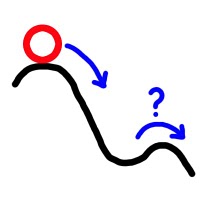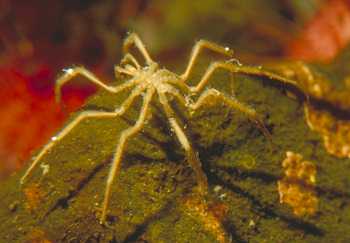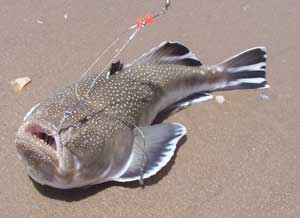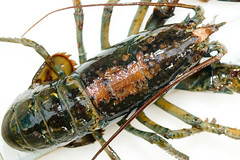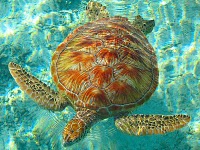One of the bizarrest parasitic relationships you will ever see
 Monday, June 21, 2010 at 12:40PM
Monday, June 21, 2010 at 12:40PM ![]()
![]() My good colleague Janine Caira wrote a paper way back in 1997 about one of the strangest parasites ever recorded in an animal. This paper has stuck with me ever since, I think because I saw the original photos when I visited the lab of one of the other co-authors George Benz, when he was with Tennessee Aquarium (he's now at Middle Tennessee State U.). So, I thought I'd revive it for you guys; the story goes like this:
My good colleague Janine Caira wrote a paper way back in 1997 about one of the strangest parasites ever recorded in an animal. This paper has stuck with me ever since, I think because I saw the original photos when I visited the lab of one of the other co-authors George Benz, when he was with Tennessee Aquarium (he's now at Middle Tennessee State U.). So, I thought I'd revive it for you guys; the story goes like this:
Janine and her colleagues were unable to determine the path of entry, but they showed good evidence that the eels were alive in the heart prior to the shark being killed and put in the fridge, because their guts were full of blood and there were pathologic changes to the heart. Their conclusion? That this was a facultatively parasitic relationship. In other words, the eels didn't need to be living in the sharks heart (that would be obligate parasitism), rather they took advantage of an opportunity to get a meal. They proposed that the eels probably attacked the shark after it had been hooked and was dangling, distressed, from the longline. They had some evidence that the shark was probably resting on the bottom, which may have made it easier for the eels to find. The pugnoses somehow gained entry (hypothesised to be through the gills) and made their way to the heart, where they dined on the beasts blood up until it died. Maybe they would have burrowed out again after the animal expired, maybe they would have suffocated (remember - the eels had be swimming in and breathing the sharks blood once they were inside, how bizarre is that?). We'll never know because the carcass went in the fridge, which ended things for the eels, but also led to this amazing discovery.
The horrifying part is that the shark was almost certainly alive as the eels made their way into its flesh and began to consume its life blood from the inside. It would have been a long, slow and nasty way to go out. It just goes to show that even when you are at the top of the food chain, you're never really at the top of the food chain...
Caira, J., Benz, G., Borucinska, J., & Kohler, N. (1997). Pugnose eels, Simenchelys parasiticus (Synaphobranchidae) from the heart of a shortfin mako, Isurus oxyrinchus (Lamnidae) Environmental Biology of Fishes, 49 (1), 139-144 DOI: 10.1023/A:1007398609346




